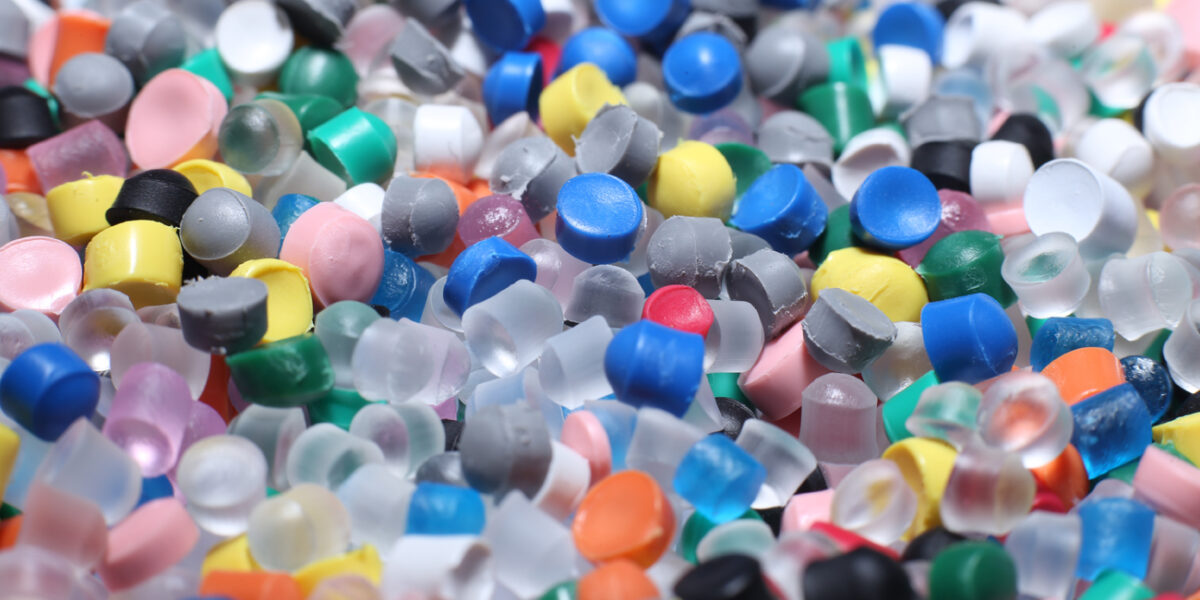In an age where the impact of our choices on the environment is increasingly evident, the significance of sustainable packaging cannot be overstated. The carbon footprint of a product is influenced not only by the raw materials used but also by where they come from, where they’re turned into the final product, and the way they’re packaged.
This has led us to pursue decreasing the environmental impacts product packaging has by not only developing recycled plastic packaging but also improving the recycling of packaging. For example, we’re running a closed cycle pilot and aim to build partnerships in the field of circular economy moving forward.
Recycled plastic poses its challenges
Our desire to not only offer eco-labelled and plant-based cleaning agents but also packaging them in a more environmentally conscious way led us to collaborating with a packaging manufacturer to develop recycled plastic packaging for professional cleaning products. In this process, we wanted to think about nature first, without compromising on user safety or the shelf life of the product.
The limited availability of adequate quality recycled plastic poses some challenges – bottles made from recycled material are still relatively rare in the field of professional cleaning.
“The chemistry of professional cleaning products imposes special requirements on packaging. Packaging must be not only safe for users but must also ensure that the product stores well”, explains Tiina Laurén, Kiilto’s Professional Cleaning Solution Manager. Packaging made of recycled plastic cannot be utilized without careful testing of its durability.
Cutting the carbon footprint
Numerous Kiilto products have been packaged in recycled packaging for years already and we’re actively testing more options to increase the amount of recycled plastic replacing virgin material. Considerable investments are made into surveying, evaluating, and choosing of environmentally sound forms of packaging. A challenge worth noting pertains to cosmetic packaging that poses difficulty in sourcing recycled plastic grades compliant with regulatory requirements and our standards for quality.
During 2023, we’ve replaced the packaging of many products with recycled bottles and canisters, most of them manufactured in Finland. When we switched to using canisters containing recycled plastic, we reduced our need for virgin plastic by 20 tons, which is equalling 100 000 pieces of 5 litre canisters. In terms of carbon footprint, the reduction is equal to emissions from driving 180 000 kilometres.
Recycled plastic bottles are a concrete investment into circular economy. In Our Promise to the Environment, we’ve set ourselves a goal that by 2025, 70 % of all our packaging will be reusable, renewable or contain recycled material.
Responsible recycling ahead
According to Laurén, the field of professional hygiene must continue to persistently strive for more efficient circular solutions and carbon neutrality in the future.
“The increased use of recycled plastic and circular economy solutions have already significantly reduced energy waste,” Laurén continues. “It is important to keep the valuable material in circulation as long as possible. I’d encourage you to make an arrangement with a waste handling company to collect empty packaging for recycling or research local recycling plants.”
We want to encourage our clients to recycle product packaging right after use. In addition to most of the packages being fully recyclable already, many products have materials marking, which provides information on materials for different parts of the packaging, such as the bottle and the cap. As a rule of thumb, always remove caps before recycling.
To find new solutions for recycling, we ran a pilot for closing packaging material loop. Empty HDPE packaging was collected from several customers and the material was treated for a recycled granulate. Now we are waiting for the last chain in the loop: manufacturing new packaging out of the rHDPE granulate. This is the first test and we’re excited to share the results once they come in during the spring of 2024. The next step towards circularity is the reuse of packaging.
